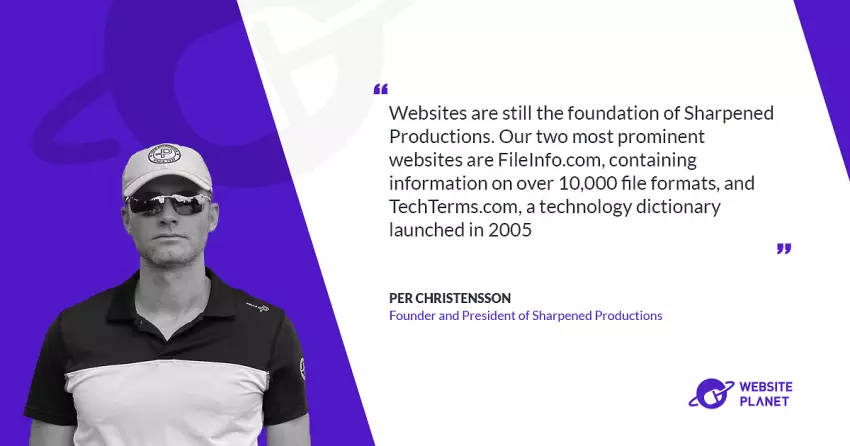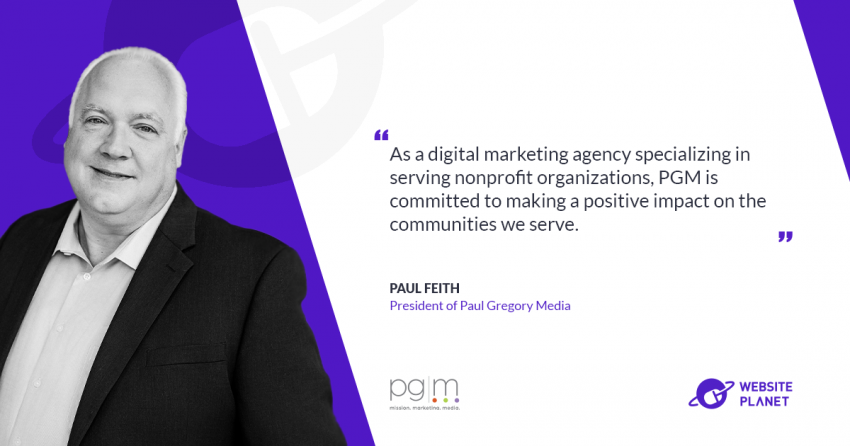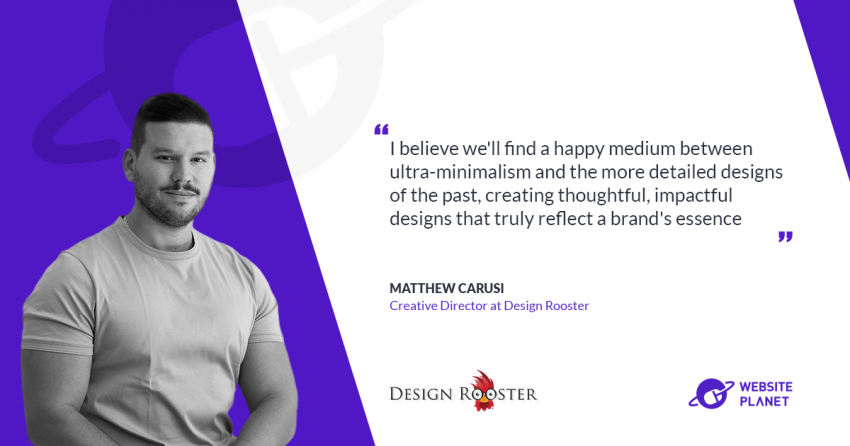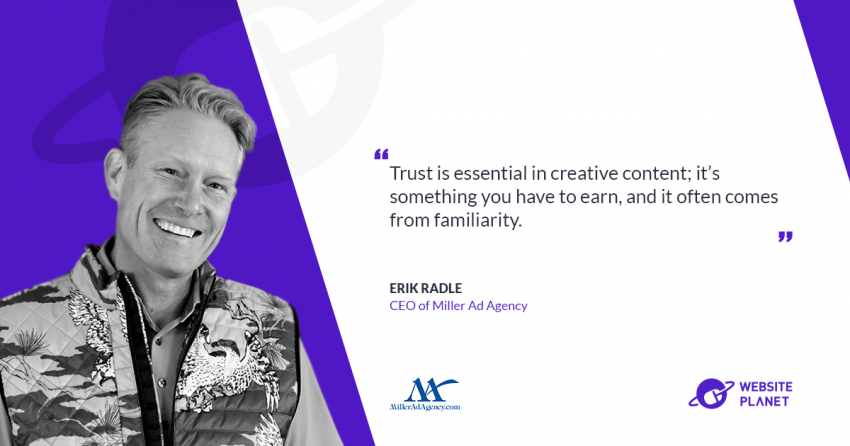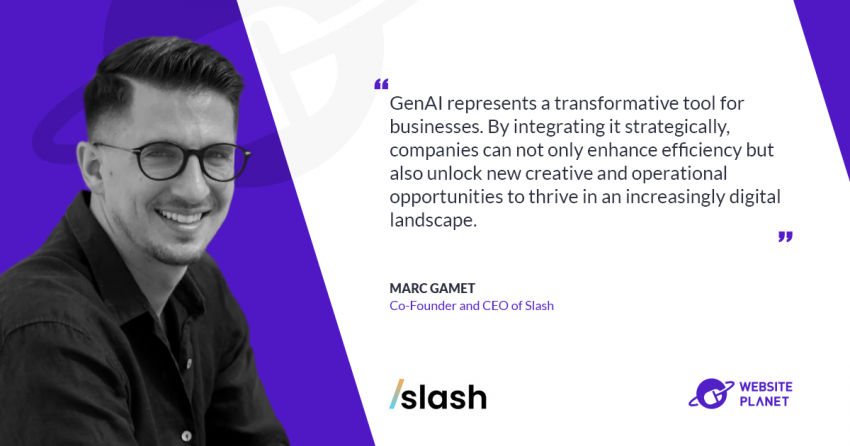Building each page of a website from scratch is unusual these days, but Per Christensson, from
Sharpened Productions, has something to say about that. We talked with Per to know more about his company, what web design trends we should pay attention to and also what are the benefits of using his strategy and not some random theme, template and even CMS. Check out the interview below.
Please present Sharpened Productions to our audience.
My name is Per Christensson, founder and president of Sharpened Productions. I like to say we are a 19-year-old startup company: we started in 2003 and are still nimble in the way we develop websites and apps. I incorporated in 2007, and in 2009, I hired my first employee, who helped launch the software division of the company.
Websites are still the foundation of Sharpened Productions. Our two most prominent websites are FileInfo.com, containing information on over 10,000 file formats, and TechTerms.com, a technology dictionary launched in 2005.
In 2015 we started developing software. Two of our most successful apps include File Viewer Plus, a paid app for Windows that opens over 400 file formats, and File Viewer for Android, which has over 10 million installs and more than 1.5 million monthly active users.
In 2022, we are still growing our business. Hiring is a challenge because of the saturated developer marketplace, but we are doing great with our small team.
Your company site states that each page of it was built from scratch. What are the benefits of that strategy?
It’s increasingly less common these days, since so many web design templates and frameworks are available. Most small businesses use a Content Management Systems (CMS) such as WordPress or Weebly. On one hand, these services make it easier to get going with a website. On the other, they limit your control of the design and your capability to update the site going forward.
For example: if you develop a website from scratch and want a navigation bar’s size to be 46 pixels instead of 50, it is an easy change to make. With some templates, a small change can be very difficult; even impossible. Making updates can also be more difficult than if you started from scratch, because of the way all the different parts work together in a CMS.
So, if you want full control of your website and like to do things in a specific way, designing from scratch is the way to go. It takes more work, but the maintenance is easier, especially if you have good developers.
You propose a set of 10 web design rules. What is the most common ‘cardinal sin’ you observe when surfing the internet?
If I had to choose one, I’d say bad navigation. Navigating a website should be intuitive and it should be easy to find what you are looking for. If you go to a site and need to click multiple times back and forth to get somewhere, you’ll eventually leave the site. While Google often sends you to the page you want, it’s still important to navigate to other pages within the site.
The runner-up is too many ads on a page. It’s ironic, because ads are how we generate most of our revenue. But I’ve seen increasingly more websites with advertising overload. There is no problem when ads mesh with the website, but it’s a bad user experience when you can’t tell what’s advertising and what’s content, especially when ads are even more prominent than the content.
Do you have a specific rule for the number of advertisements on a page?
No. But when I started working with Google AdSense in 2004, Google limited publishers to 3 ads a page, no matter what. Now, Google encourages publishers to place at least three ads in the top fold of the page and doesn’t have a strict limit on the total number of ads. So, Google relaxed its early rules and now encourages publishers to add more ads.
We tried Google’s Auto Ads technology, but turned it off because the ad placement didn’t feel natural. Most notably, I felt there were too many ads! They were starting to flood the page and distract from our content.
What web design trends are worth paying attention to in 2022?
There are two aspects of the web to consider when talking about trends: design and performance.
When it comes to design, it’s almost like fashion trends in that it cycles. Over the last few years, websites have become over-simplified. Now, we are seeing a movement towards more structured websites. For example, web designers are using more lines to separate content and are adding more colors. I think the early Android design where everything just floats on the screen went too far.
Modern layouts are similar to a printed page: the text and headers are nice and large, and there’s a lot of white space. The trend has moved towards an open feel, where it’s still structured but you have a very readable interface, almost like a magazine. Now that CSS3 is standard, I’ve seen a lot of websites with subtle fades and transitions when pages load, which I really like. It makes websites feel less static and gives them a softness — almost like opening an app.
Regarding performance, Google has been pushing their “core web vitals,” which are new metrics to evaluate websites. Speed has become increasingly important to rank well with Google.
At Sharpened, we began using Akamai’s CDN a few years ago. It stored all our static assets like images, CSS, and JavaScript files, in “edge nodes” around the world, which are delivered quickly to users in different countries.
Recently, we moved our CDN to Cloudflare, which has further increased our page load speed. In early 2022, we began moving our HTML (not just our static assets) to edge nodes. Our entire site content is now cached on servers around the world. To compete with the best sites, you can’t just rely on one server anymore. A CDN is necessary to reduce latency for users around the world.
What are Sharpened plans for the next 5 years?
We just had a great team meeting about the future of Sharpened Productions. While our websites are still the foundation of the business, we have exciting plans for our software. There is a lot of overlap between our apps and websites. Since FileInfo.com is a file information resource and File Viewer Plus is a file viewer program, they work together well. The synergy creates a great user experience and drives more traffic to our business.
We’re looking at different ways to integrate file viewing, conversion, and identification on the web instead of requiring users to install desktop programs or mobile apps. So, web-based applications are a big direction for us in the next few years.
There are many exciting things to do with the current web technologies, from adding subtle animations to creating interactive tools. The web has come a long way in the last ten years, and websites are much more dynamic. But there will always be ways to make them more useful.
